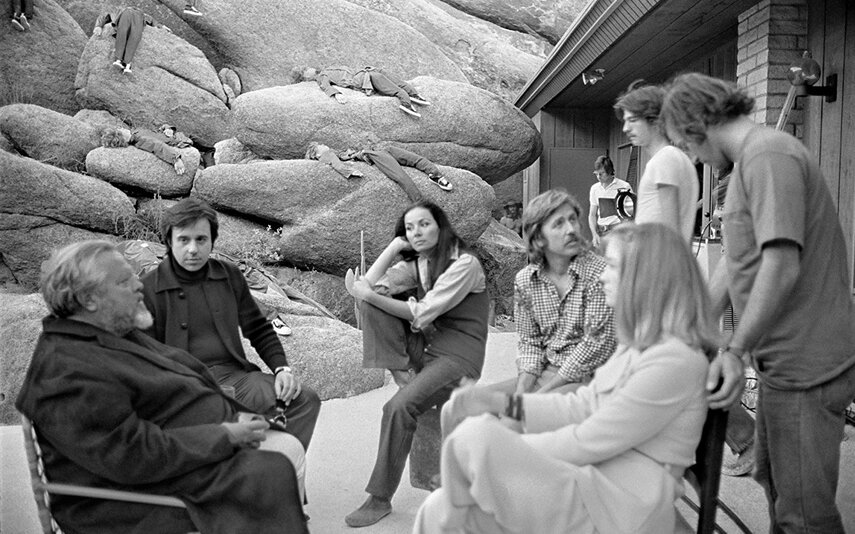
They'll Love Me When I'm Dead | Film Q+A
Director Morgan Neville takes us through the process of turning Orson Welles’ unfinished final film, The Other Side of the Wind, into his documentary They’ll Love Me When I’m Dead. Exploring Welles’ commitment and attitudes towards directing, Neville explains how Welles’ filmography influenced his documentary and the use of archive footage to create a documentary that has been described as saying “more about the man behind it than any documentary to date”. Find out what we learned from our Q&A with Neville below.
It’s been a long journey to get Welles’ unfinished film (and Neville’s documentary) to the screen
Neville teamed up with Frank Marshall to get his hands on Welles’ unfinished film. Marshall was had been working on completing Welles’ final film for more than forty years.
(Marshall) said ‘you’re in luck, because in about six weeks we’re gonna get this footage’… those six weeks became three and a half years.
There was over a hundred hours of footage from Welles’ unfinished film
The film Marshall and Neville received was delivered without notes or any organisation. Marshall had to piece together around one hundred hours of Welles’ footage into The Other Side of the Wind, while Neville worked to figure out what he wanted to pull from for his documentary.
Having the opportunity, just as a film lover, to be able to watch a hundred hours of Orson Welles’ dailies was one of the greatest experiences I’ve ever had.
A lot of documentary filmmaking is making sense of chaos
Welles once stated that the job of the director is to “preside over accidents”; Neville argues that this directorial style suits the way non-fiction filmmakers build narratives from the real world.
In real life, we can’t control how things work – chaos is endemic to real life and the job of the documentarian is to try to find patterns and narrative sense in the randomness and chaos of real life.
